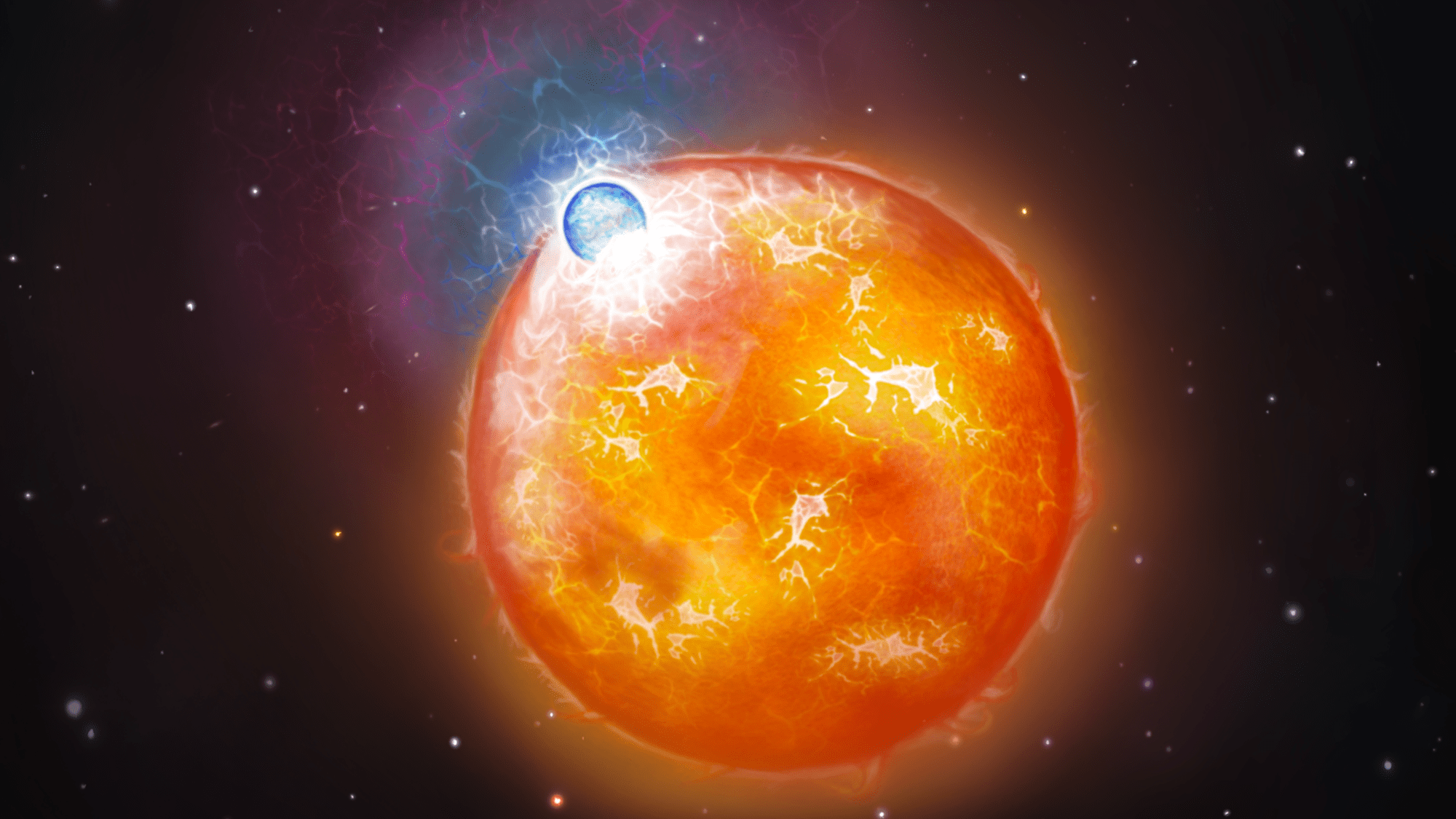Now Reading: Cosmic Collision Creates Massive White Dwarf
-
01
Cosmic Collision Creates Massive White Dwarf
Cosmic Collision Creates Massive White Dwarf

Swift Summary:
- Astronomers at the University of Warwick analyzed data from the Hubble Space Telescope and discovered WD 0525+526, an ultra-massive white dwarf located 130 light-years from Earth.
- Unlike typical white dwarfs formed from a single star’s demise, evidence suggests WD 0525+526 resulted from two stars colliding.
- Its mass is unusually large-20% greater than that of the sun-and classified as ultra-massive.
- The Hubble telescope detected faint carbon signatures on its surface, which are undetectable by optical telescopes due too Earth’s atmospheric shielding.
- This specific type of collision leaves behind thinner hydrogen-helium layers (10 billion times thinner) and less carbon compared to other similar mergers (~100,000 times less).
- Researchers believe this finding provides insight into binary star systems and their role in supernova events.
- The study highlights the importance of space-based UV observations using instruments like Hubble for such discoveries.
Image Caption: Artist illustration of a white dwarf colliding into a larger yellow star. Credit: Snehalata Sahu / University of Warwick
Indian Opinion Analysis:
India’s scientific community has been increasingly involved in cutting-edge astronomical research via collaborations with global institutions or through its own missions like Astrosat. Findings like those related to WD 0525+526 serve as reminders about how deep-space studies expand humanity’s knowledge on cosmic events such as supernovae, with many lessons applicable to understanding stellar evolution in our galaxy-including those relevant for India’s future projects.
One key takeaway is the significance of space observatories capable of detecting ultraviolet emissions, a capability India might consider enhancing for its next-generation missions. With active contributions to global astronomy initiatives and investment in satellite capabilities planned under ISRO’s vision for capacity building over coming decades, discoveries like this set benchmarks india could aspire toward as part of its burgeoning astrophysics ambitions.
























